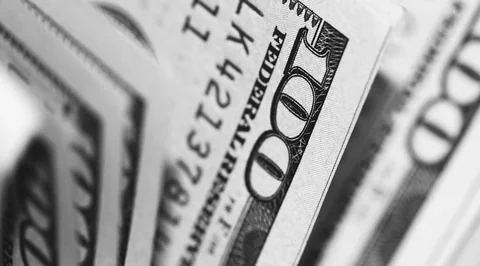
A question we often get from our startup founders is “what is the minimum check size to get pro-rata rights in an angel investment?” Sometimes, founders will just give everyone who participates in the early rounds pro-rata rights. Now, that’s super nice of them but I wouldn’t recommend that. So let’s dive into this question and its answer.
Instead, what we see most of the time is that there is a threshold for something called a “major investor.” This is in the fundraising documents. All major investors get pro-rata rights going forward.
Typically, the threshold to become a major investor is $100,000 check size in angel seed deals.
Now, it can be higher, it can be 500K. It can be lower, it could be 50K. But $100,000 is typically the average we see most of the time.
You might be asking yourself, why do pro-rata rights matter so much?
Well, they matter because it allows you, in the future, to keep putting more money in the company to protect your ownership position.
So, you are an angel investor and you own 1% in a great seed-stage startup. It becomes the next Uber or Facebook, something huge like that. Being able to protect your ownership and keep 1% of that company is incredibly valuable over time.
Instead of being diluted down, you can just keep pumping money in. Whether you need to beg, borrow or do whatever you need to get that check to invest in the next Facebook or Uber along the way, you’re going do it.
So that’s why people care about pro-rata rights so much.
Again, $100K is typically the threshold where founders and the other investors will let someone have pro-rata rights in the future. Hope that helps, thanks!
Is Pro Rata a good strategy for angel and seed investors?
When investing in startups, there are basically a couple of strategies used by early-stage investors. Investors can buy all the shares they can initially, or they can hold back some capital for pro rata participation in the future. Let’s look at both situations:
Buy all the shares you can right away
This strategy appeals to early-stage investors who don’t really want to overthink the investment process. They have a certain amount of money available to invest in a startup, and they invest it all. Buying as many shares as possible as early as possibly means you’ll get the most shares you can, and buy them at the lowest cost basis. That will help with capital gain taxes, and if the company is successful, you’re going to have maximized your ownership at the earliest stage.
Hold some funds in reserve and use your pro rata rights
The other strategy is to provide a significant initial capital investment, but retain a percentage of your capital. Sometimes this percentage is called a “reserve,” and many venture capital firms do this. Typically early-stage investors get pro rata rights as part of their investment terms, which guarantee the investors will be given the opportunity to maintain their ownership percentage by investing in subsequent funding rounds. The investors aren’t obligated to invest more money, but they have the right to maintain their ownership percentage if they choose to.
For example, an angel investor who puts $50,000 into a seed round for a startup with a $5 million cap will own 1% of the company. The next funding round is a $4 million round. To maintain their 1% ownership share, the angel investor will be given the opportunity to invest another $40,000. If the investor chooses not to invest, they will now own less than 1% of the company.
What’s the best choice - going for pro rata or not?
Like a lot of investment decisions, it comes down to investment risk. Not every startup succeeds, and by retaining some reserves, investors have funds available to invest in other companies if that startup fails. You can evaluate the performance of individual startups and focus your reserves on the ones that are performing the strongest. If you believe strongly in a startup, you may feel comfortable investing the full amount you have available. If the startup is successful, you’ve maximized your ownership during the earlier, less expensive funding rounds, and you stand to gain more when the company succeeds. Both investment methods have proven to be effective, so it’s really a matter of deciding how you feel about the startup, the founders, and the product they’re developing. For more information on early-stage financing, or startup accounting, contact us.








